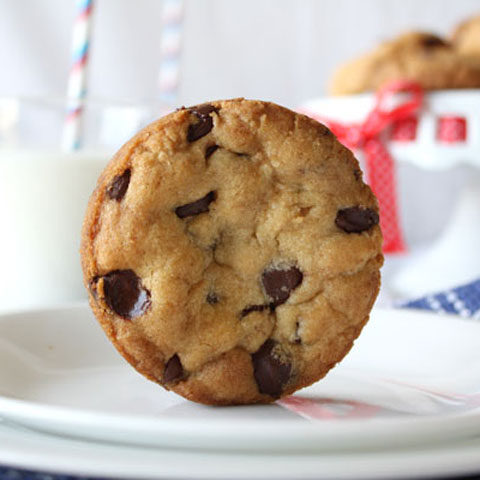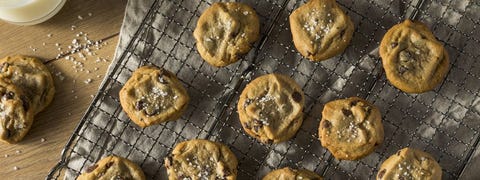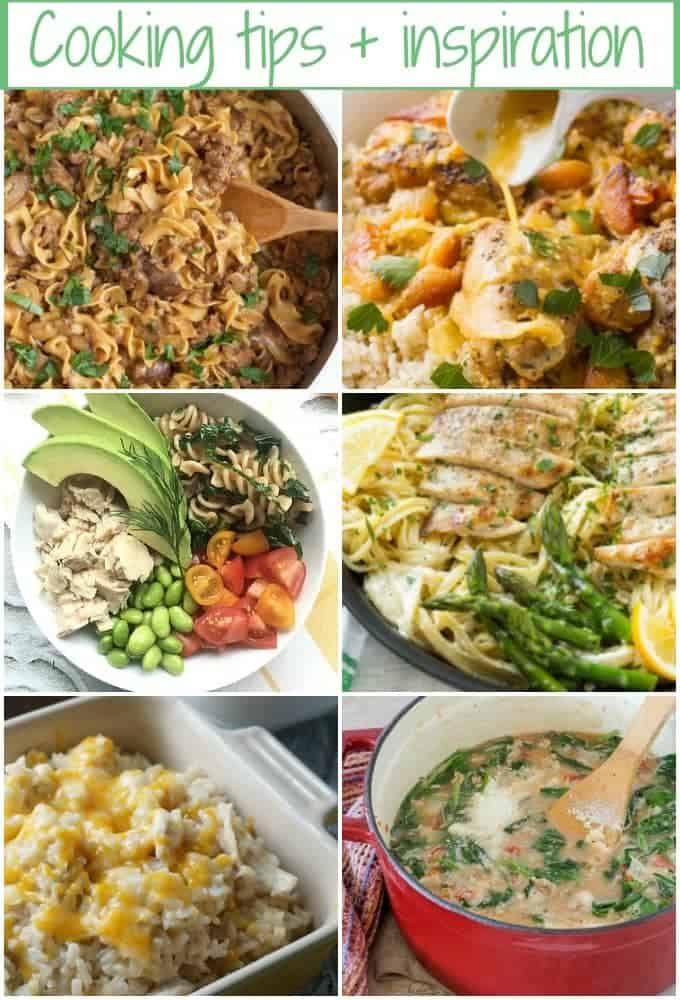
Your children should be able create a simple but effective list of cooking skills. These skills cover everything from creating creative recipes to making sure the kitchen is safe. These tips will help you instill these valuable skills in your children. Here's one example of a checklist:
List of essential culinary skills
To be a chef, you must have a solid understanding of how to prepare good food. This includes determining the freshness and preparation of meats, fruits, and vegetables as well as converting traditional recipes into larger quantities. The chef should be able to manage time and have a keen sense for smell and taste. Furthermore, they should be capable of properly handling knives and food equipment.
Sauteing can be used to cook a wide variety of foods. The best way to enjoy sauteed vegetables is with garlic butter. Braising, which is one of the oldest cooking methods, involves boiling over an open fire. It is a fairly basic skill, but is still very useful. If you can boil a dish, you are on your way to becoming a good cook. You should also know how to use a knife, and safety tips.
Creative recipes
When preparing a meal, creative recipes are very important to success. These creative recipes are not only a showcase of your creativity but also a showcase of your skills. Divergent thinking, or creative thinking, allows you think outside of the box to generate new ideas. This is an important skill for a cooking career, because it allows you to experiment with different flavors and cooking techniques and impress your customers. You can experiment with new flavors and impress your employer by using your creative mind. Experiment with new flavors and ideas for menus. To improve your creativity, brainstorm and research cooking methods.

One problem with defining cooking skills, is that they are inconsistent. Although the authors disagree on which is more important they agree that the definition should be changed. They believe that the definition of skill should be derived from the "Golden Age", which was when people were able to cook basic meals. To create an increasingly healthy and vibrant future for food, we must support the evolution of these skills and their use.
Safe cooking in the kitchen
It is crucial to create a safe working environment in your commercial kitchen for your employees' health. A kitchen with open fires in the oven, bacteria, and electrical appliances can all be potentially hazardous. Developing a plan for the kitchen's cleanliness and adopting safety equipment are important first steps. Keep children under control in the kitchen. Properly training employees and implementing a safety plan can go a long way to preventing accidents.
All kitchen staff must be trained in fire-safety and fire-resistance. Training in fire-safety is offered by local fire departments. Fire extinguishers and fire blankets should be accessible to kitchen staff. They can also be used to manually instigate the fire suppression system. It is also a good idea to train employees in CPR/first aid. Kitchens should have nonslip flooring.
Food safety hazards identified
You must identify food safety hazards before you prepare any meal, or cater for special occasions. Food safety is important because it can help prevent food poisoning outbreaks and product recalls. Failure to do so can also lead to regulatory action and brand damage. Codex HACCP compliance by food businesses is critical. It is essential that you identify hazards.

There are many hazards that could be dangerous for humans. They can be from people, plants, packaging, or both. Different physical hazards may cause different degrees of injury or disease. These hazards may not be inherently dangerous. But they must be detected and eliminated before they can cause any harm. To identify potential hazards, identify the source of the risk and determine how to minimize it. You can also look for the source of the risk by observing the product.
FAQ
What are basic cooking skills?
Basic cooking skills include knowing how to read recipes, measure ingredients, cook food safely, and clean up after yourself. These are the essential skills you will need to be able cook for yourself. You can also save money by cooking at home.
What are the health benefits of slow cooking?
Slow cookers are extremely useful as they make it easy to cook delicious meals in a short time. Slow Cooker Recipes are often healthier than traditional recipes because they require less oil and fat. Also, slow cooker recipes are easy to use because they do all the work while you sleep.
What should a novice cook do first?
A beginner should start cooking something easy, like pasta, rice, or soup. Learn how to cook with a recipe book, YouTube video or other resources. Cooking can be fun when done with a partner. Have a group of friends cook, or cook together.
How can I be motivated to cook?
It's fun to cook for your friends and family. However, cooking for yourself is much easier than cooking for others. Try making something new if your goal is to become more motivated to cook. This way, you will learn about new ingredients and techniques. To expand your culinary skills, you can also make use of recipes from other cultures.
Do I need to go to culinary school to be a chef?
No. No. Some even went on to culinary school to gain work experience. But most chefs prefer culinary school as it offers them more opportunities for learning and growth. Culinary schools give students hands-on experience, which allows them to develop valuable skills as well as improve their culinary knowledge.
Statistics
- The median pay for a chef or head cook is $53,380 per year or $25.66/hour, according to the U.S. Bureau of Labor Statistics (BLS). (learnhowtobecome.org)
- On average, chefs earn $58,740 a year, according to the BLS. - learnhowtobecome.org
- In the United States, the category is estimated at $23.2 billion annually and is growing faster than the market. (washingtonpost.com)
External Links
How To
How to make a perfect eggroll
Omelets have always been a favourite food to eat for breakfast. How can you make them perfectly? Many different recipes and methods have failed to work for me. Today, I'd like to share some tips with you in order to make delicious and fluffy omelets every day.
It is important to know that eggs can be temperamental when making omelets. The eggs must be fresh from an organic source and kept at room temperature until they are ready to be cooked. The yolks and whites will not form properly if they aren't kept cold enough. This causes your omelets to look oddly colored. If you intend to cook your eggs immediately, it's best to use room-temperature egg.
Another tip is to separate each egg before adding them to the saucepan. Because this could cause your omelet to become curdled, you don't want any yolk to be mixed with any white.
You could end up burning the bottom half of the egg if the egg is added directly to the heat source. Instead, heat the egg in a microwave for 10 seconds and then place it in a pan. The microwave heat cooks the eggs just right without overcooking them.
Next, let's discuss mixing the eggs. When you mix eggs together, you want to beat them well. You need to turn the bowl of the mixer upside down. Then, vigorously shake the bowl. This way, the air inside the bowl gets whipped around and mixes the egg thoroughly.
Now comes the fun part - pouring the milk into the mixture. Pour half the milk into the beaten egg mixture and then fold in the eggs. Do not be alarmed if there are still egg streaks visible. Once the omelet flips, these streaks will disappear.
After you have folded your eggs, heat up the oil on medium heat. Wait for it to get hot. Add 1/4 cup butter to the oil and swirl it around to coat all sides of the pan. Now carefully crack open the lid of the pan and sprinkle salt into the pan. Salt will prevent the omelet sticking to the pan.
Once the omelet forms, cover the pan again. Let the top side set completely. Flip the omelet upside down or with a spatula. Cook the opposite side for another minute. Take out the omelet and place it in a bowl.
This recipe is best made with whole milk. However, it can also be used with skimmed milk.